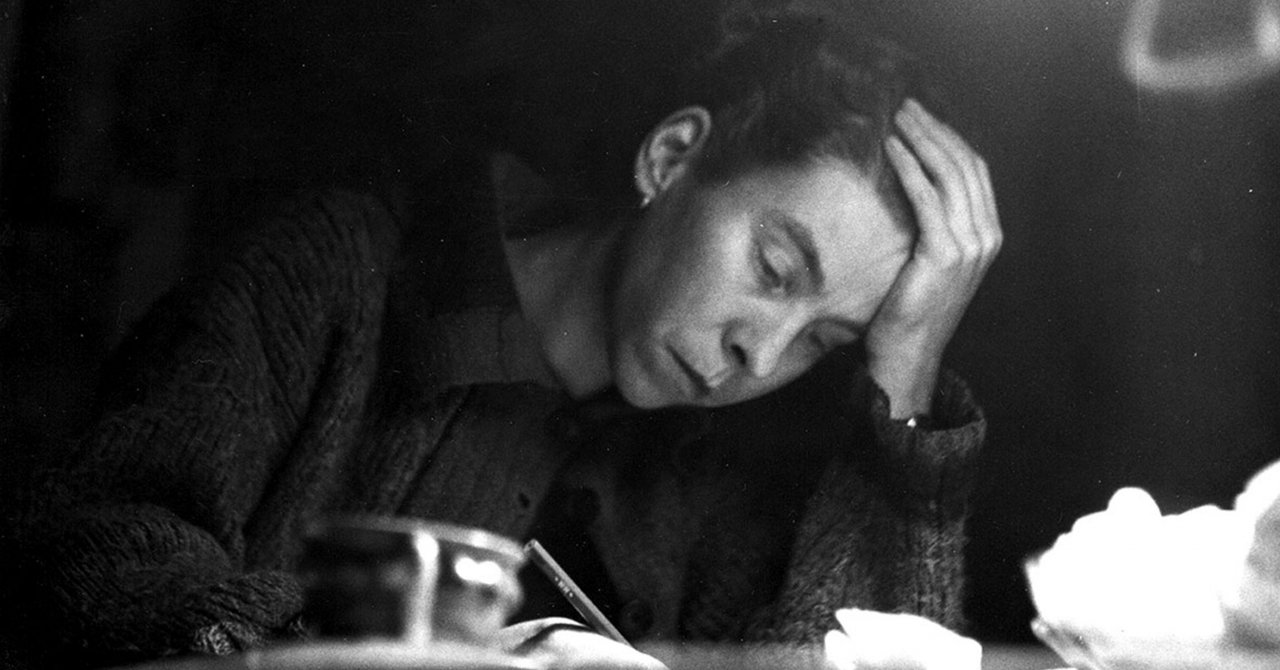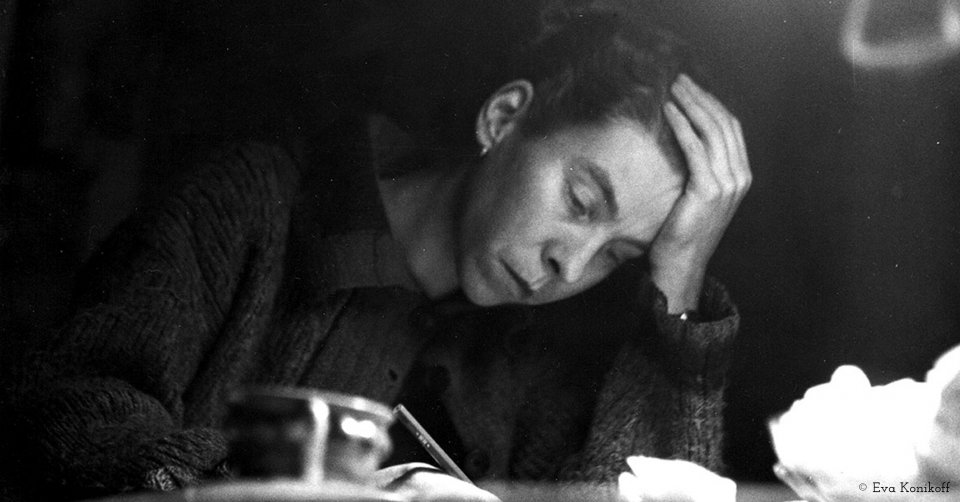Tove Jansson's niece Sophia Jansson writes about the role and importance of books and reading in the Jansson family.
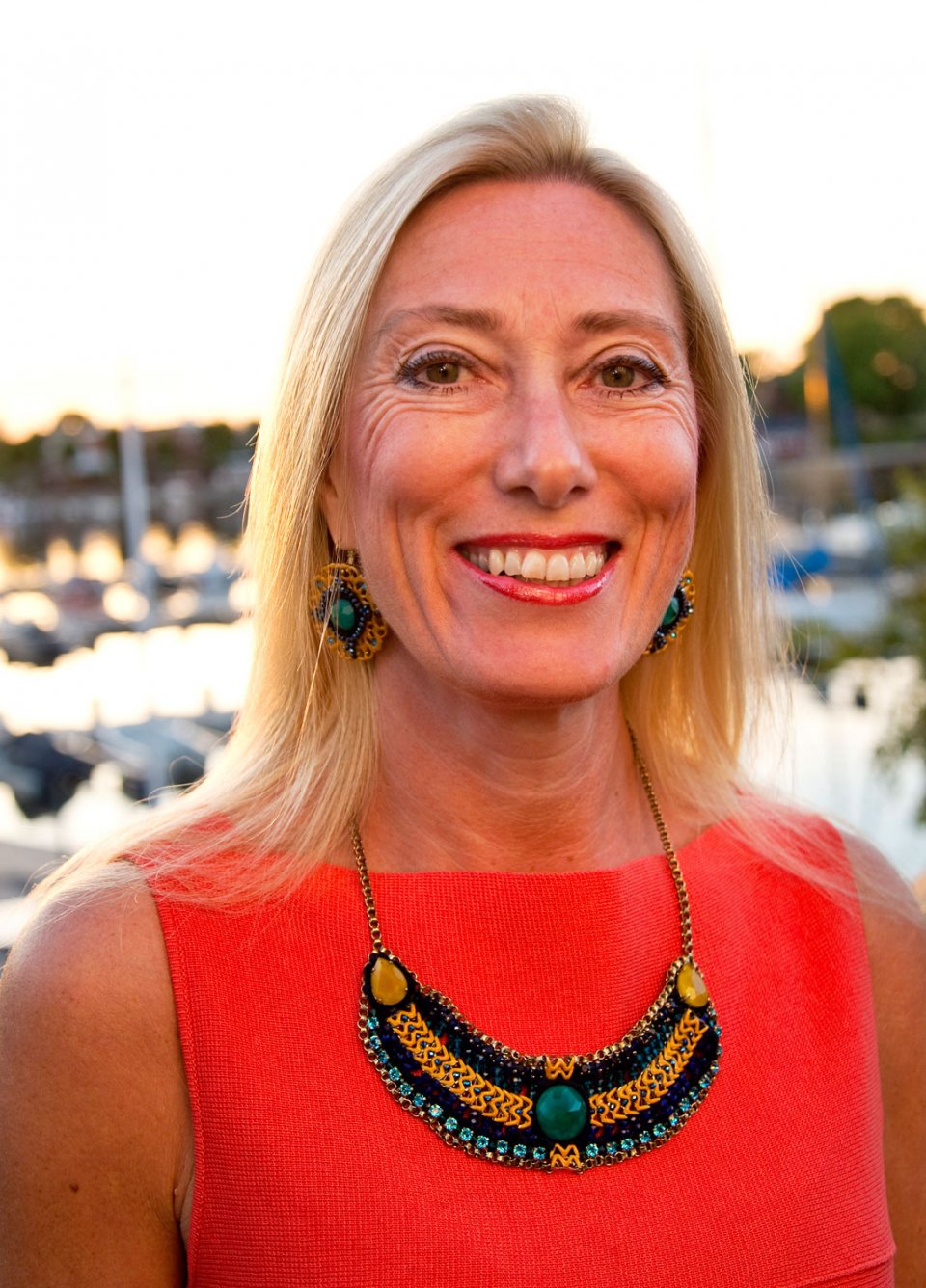
The joy of reading is connected to experiencing books as a natural part of your everyday environment and life. In my childhood home there were loads of novels, comics, non-fiction and picture books for children and adults alike, and reading always played a big part in the Jansson family. I can’t imagine living in a world without books since they are such a fundamental part of my life.
“Tove read non-stop”
Tove read non-stop too: as a child, she used to bring a flashlight to bed and read under the covers while others slept. She simply could not keep herself from finishing an exciting story.
In later years, her own bookshelves started to fill with books about art, storms, philosophy and religion – but more than anything else, she loved fiction. She mainly read in Swedish, a little bit in German and French, and now and then in Finnish. From a young age she was already reading quite a bit in English since the antiquarian’s English books were cheaper and her mother greatly admired the English culture.
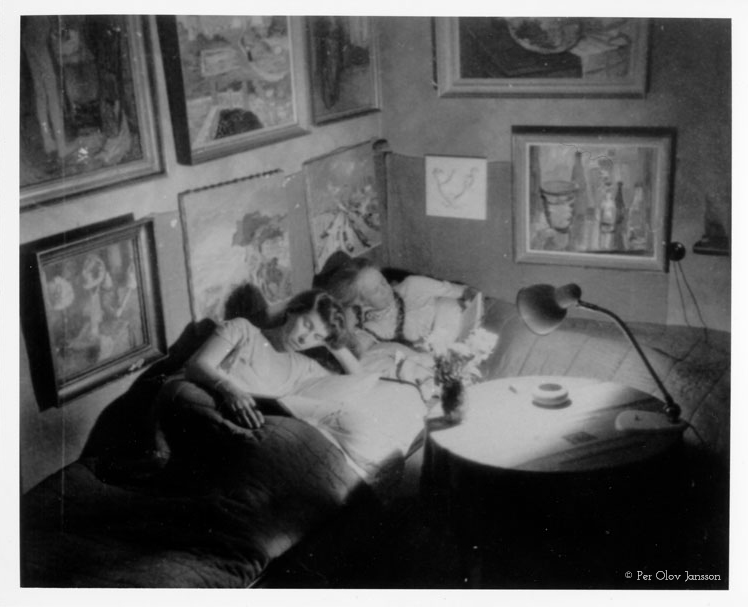
In Tove’s circle of friends and family, books were diligently exchanged and borrowed. Discussing books that one had read was commonplace in the Jansson family home when Tove was young. This was important since a shared reading experience deepened the meaning of the texts and opened up new perspectives that weren’t all about literature – it was about people.
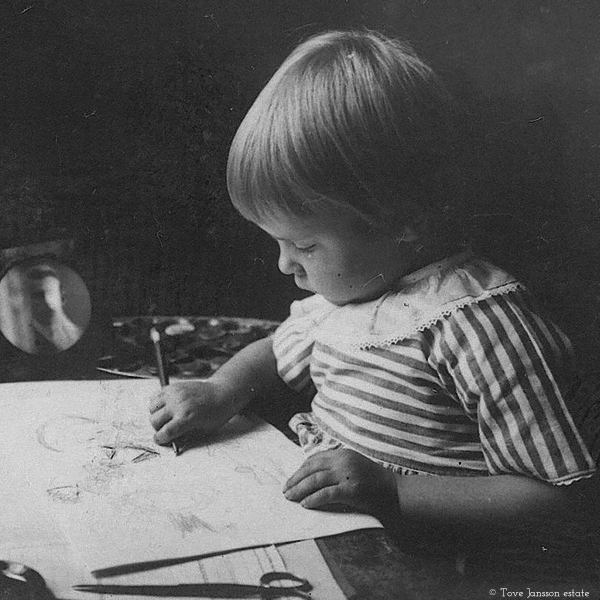
Various drawings from Tove’s youth have been preserved, and there’s something about them that is absolutely fascinating. Her mother wrote down the stories that Tove told while drawing. Behind the picture there was always a story and a narration: a planned tale that Tove illustrated.
This is incredibly important; to make room for what your own imagination creates from words and stories, or the other way around, from pictures.
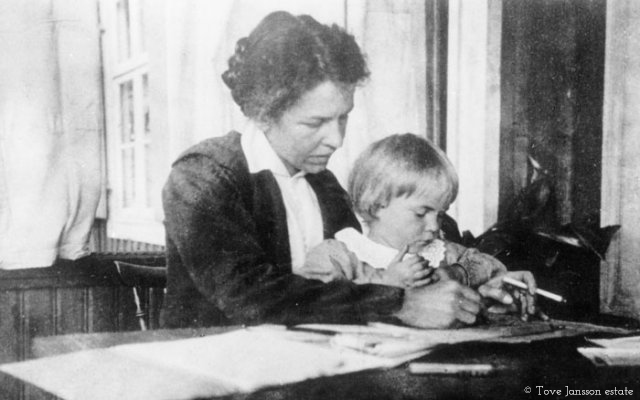
Making a livelihood mostly drawing pictures and writing texts to go along with them, Tove eventually became a visual artist. She often pondered on how pictures and images would work best together. She thought through pictures and often described them with her texts. She did not separate reading, writing and drawing.
“Stories are a road leading to the imagination”
A wide vocabulary helps to create more nuanced stories in the contemporary world, whether it’s texts or images, while frequent reading and writing improve your vocabulary.
Books have become ever more important in today’s digital and highly visual world, since they offer a perspective on life that is not obtained through images. Words contain many nuances that help us understand and express the world we live in, as well as our own thoughts and feelings.
Stories are a road leading to imagination, it is through them that we gain the opportunity to dive into another world and find serenity. When reading, one can picture the world in the book as if it were real, expanding the imagination.
It’s never a bad time to pick up a book! Whether you’re 7, 25 or 75 years of age, one can always experience the joy of reading. There is no need to feel ashamed if you haven’t read in a while, or at all for that matter. I, myself, had a hectic span of a couple of years where I didn’t have time to read as much. Reading can also be done in small intervals, as long as you read.
– Sophia Jansson
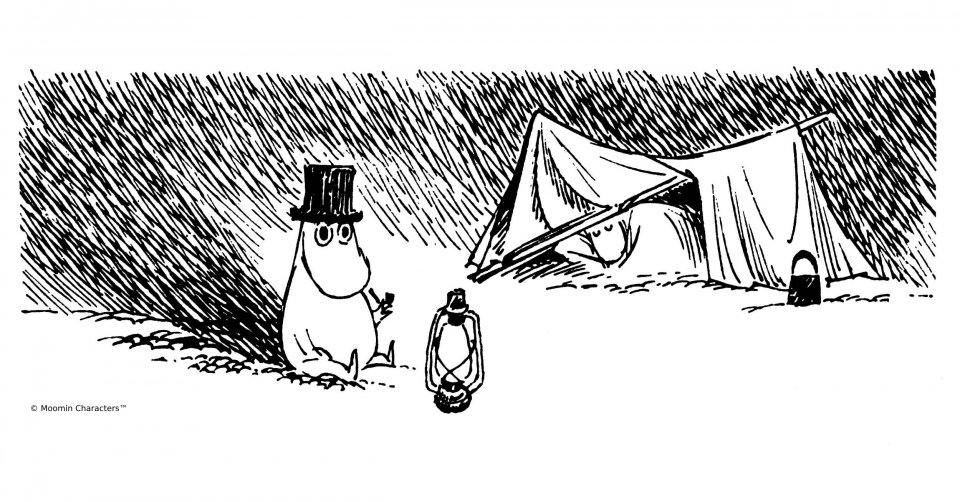
What do the Moomins teach us about loneliness? – Part 1
A postdoctoral researcher, Sanna Tirkkanen, explores what the Moomins can teach us about loneliness, focusing on Moominpappa at Sea.
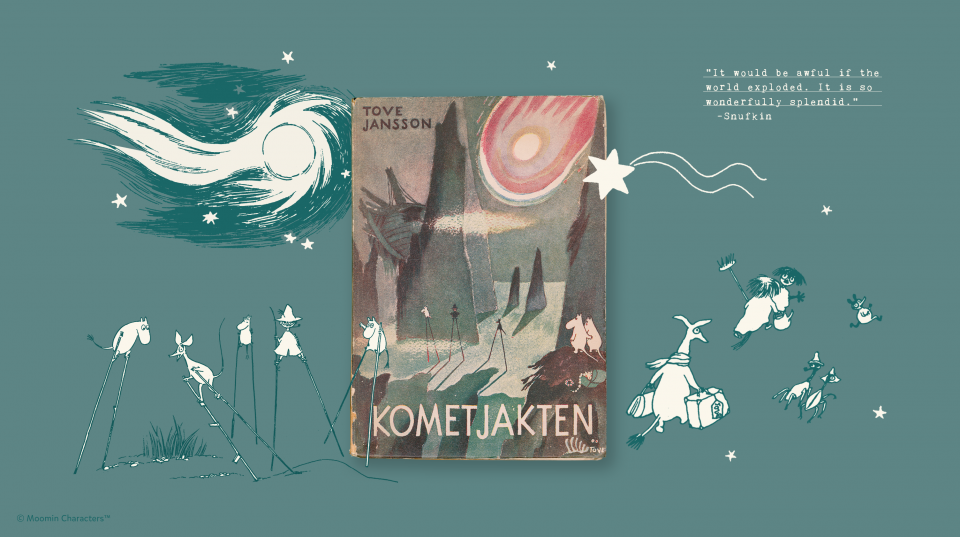
Comet in Moominland – the first “real” Moomin book
Comet in Moominland is a book packed with adventure and excitement – centered around a comet, which threatens to destroy the Moominvalley.
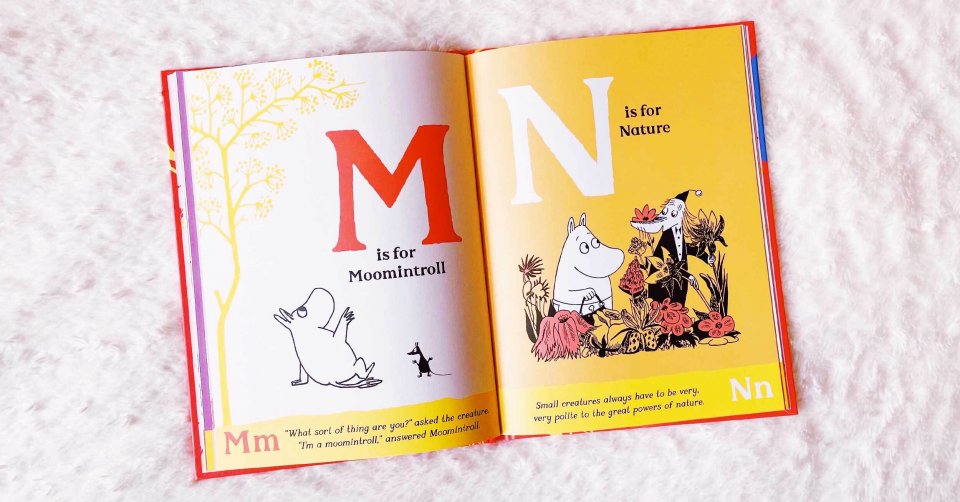
The new Moomin ABC book is the perfect present for a small Moomin fan
A is for Adventure! MacMillan’s new Moomin ABC book combines Tove Jansson’s classic artwork with easy-to-read texts.
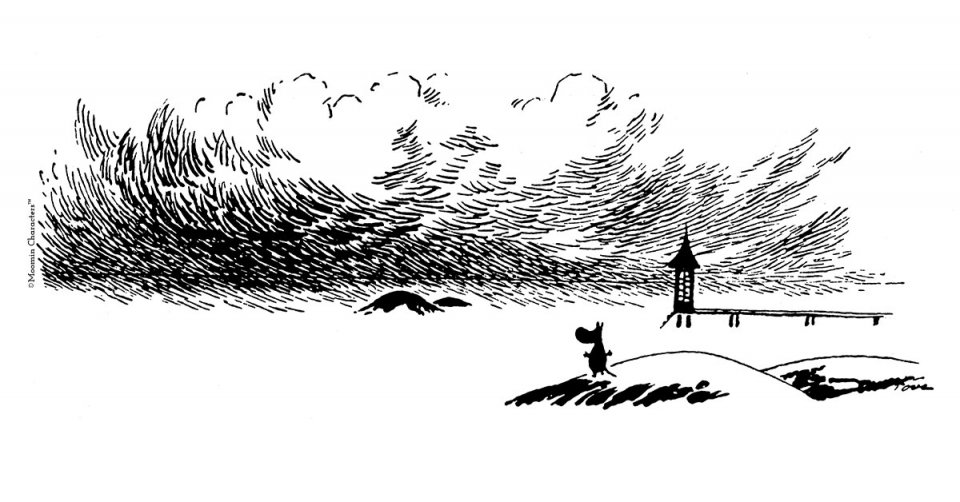
Winter through Moomintroll’s eyes: Quotes from Moominland Midwinter
Tove Jansson describes the cold season as beautifully as always, when depicting nature. Here are winter quotes from Moominland Midwinter.
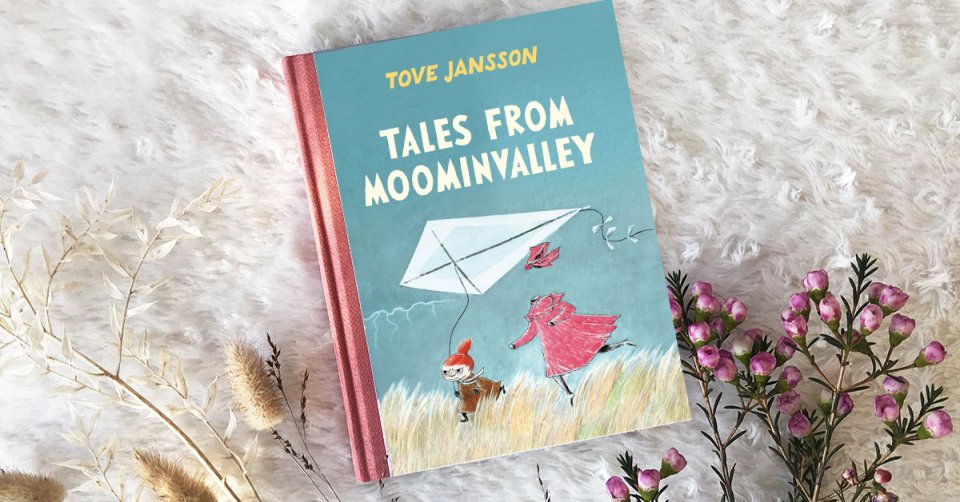
What The Invisible Child can teach us about empathy
Listen to the short story “The Invisible Child” read by Tove Jansson’s niece, Sophia Jansson, and reflect on its beautiful lessons.
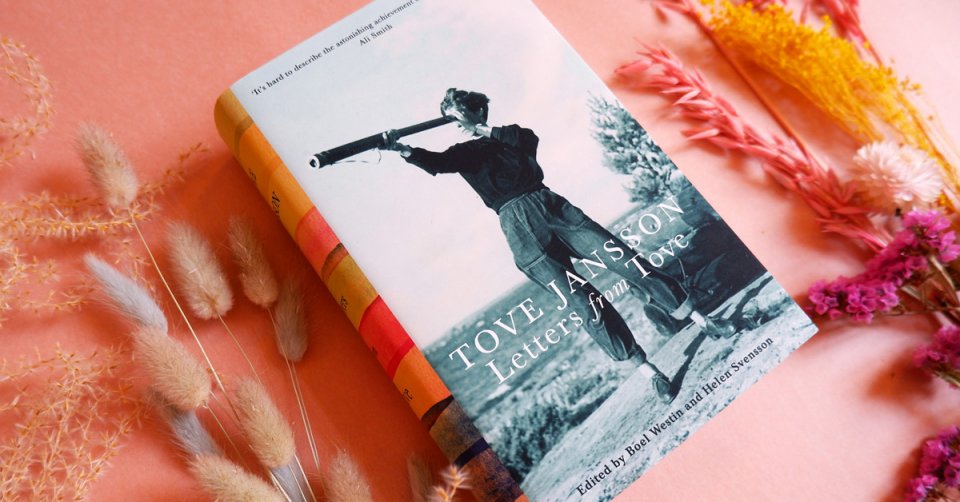
An artist, a friend, a lover – A new book compiled from Tove Jansson’s private letters reveals new sides of the Moomin creator
Tove Jansson letters are a wonderful way to learn more of her life as it unfolds within Helsinki’s bohemian circles and her island home.
